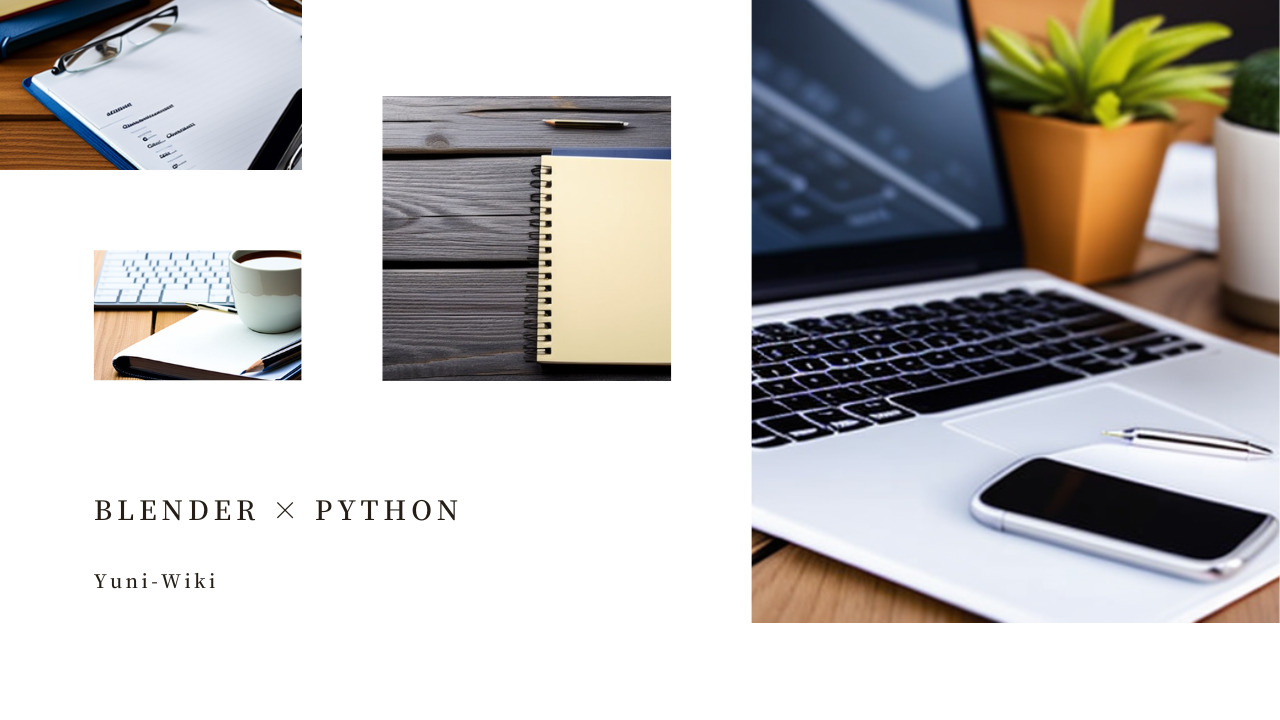「bpy」とは、PythonからBlenderの機能を呼び出すことができるBlender Python APIのことです。Blenderはオープンソースの3Dアニメーションソフトウェアであり、「bpy」を使うことでBlenderの様々な機能をPythonスクリプトから呼び出して利用することができます。本記事では、「bpy」を用いたコンテキストなスクリーンデータを取得する方法を紹介します。
# screenプロパティによるコンテキストなスクリーンデータの取得
bpy.context.screen下記の様な内容で悩んでいる/困っている場合に使える方法を参考までにご共有させて頂きます。
・Blender上で、どの様にPythonを使うの?
・Blender上のPythonで、どの様にコンテキストなスクリーンデータを取得するの?
また、「bpy」を使用する上で基礎的な情報は下記の記事で紹介しております。
他の「bpy」のクラスや関数について気になる方はこちらの記事をご覧ください。
目次
screenプロパティによるコンテキストなスクリーンデータの取得
bpy.context.screenプロパティの基本構文
bpy.context.screen
→ Screen: bpy.types.Screenbpy.context.screenプロパティの使い方
import bpy
ContextScreen = bpy.context.screen
print(f"Context Screen:\n{ContextScreen} {type(ContextScreen)}")
print(ContextScreen.areas)
for key, value in ContextScreen.areas.items():
print(f"[{key}] {value.type}")Context Screen:
<bpy_struct, Screen("Scripting") at 0x00000238E2B93D08> <class 'bpy.types.Screen'><bpy_collection[7], Screen.areas>
[0] PROPERTIES
[1] OUTLINER
[2] INFO
[3] OUTLINER
[4] TEXT_EDITOR
[5] VIEW_3D
[6] CONSOLEまとめ
「bpy」(Blender Python API)は、Pythonを使ったBlenderの開発に非常に役立ちます。この記事では、コンテキストなスクリーンデータを取得する方法を紹介しました。ぜひ活用してみてください。
関連検索ワード
How to get a context screen data?
関連キーワード
blender, python, get, context, screen, 取得, コンテキスト, スクリーン

